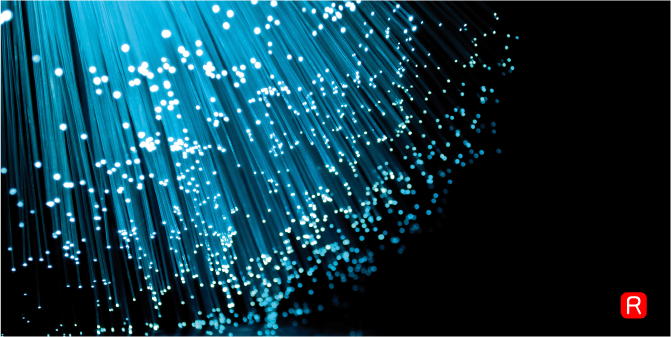Under the sea…. where the fibre-optic cables lie
You know the Internet isn’t only on your screen. It’s also not controlled from Google’s HQ; nor is it controlled by your Internet Service Provider (ISP). So the question is: Where is the Internet?
The answer: Down below! We’re diving into the depths of the ocean, where all the fibre-optic cables live… where the Internet is.
Back in the 1850s the first transatlantic telegraph cable was laid in the depths of the Atlantic Ocean – although not considered particularly successful -it was destroyed after only one month of operation when someone decided to bolster the voltage in order to achieve faster operation… epic fail – it did however provide practical results which paved the way for future development.
The purpose of the first submarine communications cables was to carry telegraphy traffic, followed by telephony traffic, and eventually data communications traffic. Fibre-optic cables – which are cables that comprise of multiple pairs of fibers, and each pair has one fibre in each direction – were developed in the 1980s with the first transatlantic telephone cable, TAT-8, which went into operation in 1988.
There are hundreds of these cables lying in the depths of oceans across the World, and are the longest tubes ever to be made.
TeleGeography has now developed an interactive (and free) map, which is available online. The company obtains their information from the cable owners, who share the location of active and planned submarine cable systems, as well as their landing stations and the current bandwidth capacity of their systems. TeleGeography has however limited how far you can zoom in on the map, thereby ensuring that the exact locations of the cables remain secret.
Selecting a cable route on the map provides access to data about the cable, including the cable’s name, ready-for service (RFS) date, length, owners, website and landing points. Selecting a landing point provides a list of all submarine cables landing at that station.
Cables shown include international and US domestic submarine cables with a maximum upgradeable capacity of at least 5 Gbps. Cable routes are stylized to improve readability, and not to reflect the physical cable location. Similarly, cable landing stations do not show the precise coordinates of the building, and are meant to serve as a general guide to where a cable system lands.
Here are a few fun Internet facts:
1: In 1971 Ray Tomlinson made the decision to use the “@” symbol to separate the username from the computer name (which later became the domain name), thus creating email.
2: John Vittal, a programmer at the University of Southern California developed the first modern email program in 1975. The biggest technological advancement this program (called MSG) made was the addition of the “Reply” and “Forward” functionality.
3: Gary Thuerk – the inventor of SPAM. In 1978 young Gary created the first unsolicited commercial email message (which later became known to all as SPAM) when he mailed 600 California Arpanet users.
4: The first ‘modern’ emoticon was used by Scott Fahlman in 1982 when he proposed that “:-)” be used after a joke, and “:-(” to be used for matters that are not a joke.
5: Internet Relay Chat (IRC) was first deployed in 1988, paving the way for real-time chat and IM programs.
6: 1990 saw the first commercial dial-up ISP, The World.
7: MP3 File format was first accepted as a standard in 1991.
8: The first webcam was deployed in 1991 at a Cambridge University computer lab, with the sole purpose of monitoring a particular coffee maker so lab users could avoid wasting time going to an empty coffee pot.
9: .gov and .org domain names were first used in 1993 when the White House and the United Nations went online.
10: 1998….. GOOGLE! #ThatIsAll



